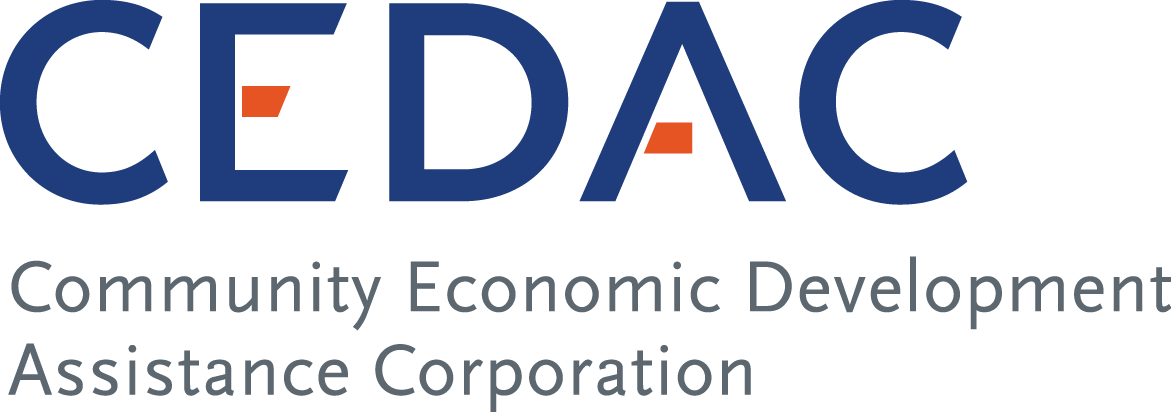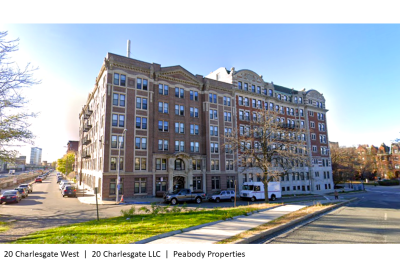In INSITES this week: CEDAC, together with three other Massachusetts public agencies[1], filed an amicus brief on August 16, 2024 with the Massachusetts Supreme Judicial Court (“SJC”) in a case[2] that could have a significant impact on nonprofits’ ability to preserve long-term affordability in Low Income Housing Tax Credit (“LIHTC”)[3] projects. Oral arguments were presented on September 9, 2024, before the SJC.
The LIHTC Nonprofit Right of First Refusal
Congress created a statutory Right of First Refusal under Section 42 of the tax code (“Section 42 ROFR”), allowing a nonprofit to acquire a LIHTC property at a below-market price after the end of the initial 15-year LIHTC compliance period. As the SJC recognized in a landmark 2018 Massachusetts case, Homeowner’s Rehab, Inc. v. Related Corporate V SLP, L.P. (“HRI”), the Section 42 ROFR furthers “one of the key policy goals of the LIHTC program, which is to ensure that affordable housing remains affordable in the long term.” Nevertheless, over the past several years, some investors that have acquired interests in LIHTC projects have tried to undermine this statutory tool. Referred to by some industry participants as “aggregators”, these parties – including one of the defendants in both HRI and the Tenants’ Development Corporation (TDC)/South End Tenants Houses II (TDC/SETH II) case, Alden Torch Financial, LLC – have been involved in litigation around the country, attacking nonprofit exercise of Section 42 ROFRs.
In HRI, the SJC agreed that a LIHTC project’s non-profit controlled general partner could trigger the Section 42 ROFR without the investor’s consent. However, the Court’s ruling was based on the specific language of the parties’ transaction documents, leaving open the door to the TDC/SETH II challenge. HRI also did not address how the minimum Section 42 ROFR price must be calculated – a key issue in TDC/SETH II.
TDC/SETH II
Relying on HRI, the trial court in TDC/SETH II had also ruled that the investor’s consent was not required for TDC, a property management and development organization focused on preserving and maintain affordable housing, to acquire the SETH II development property under its Section 42 ROFR. The court stated that “Presuming that an Investor Partner has broad consent rights over the exercise of a Section 42 ROFR, without clear contractual language indicating this intent of the parties, would effectively appoint the proverbial fox to guard the chicken coop . . . [A]n analysis of the Partnership Agreement’s consent rights without reference to the language and purpose of the ROFR Agreement is nonsensical.” However, the court accepted the investor’s arguments that the Section 42 ROFR price should include, not just the capital gains taxes owed on the sale of the real estate, but also taxes that the investor would have to pay when the LIHTC partnership was liquidated – a difference worth roughly $8 million.
In their amicus brief, CEDAC, the Commonwealth, the City of Boston and Massachusetts Housing Partnership (MHP) emphasized the plain language of the tax code. Because the code treats liquidation taxes as a separate obligation from taxes on sale of real estate, the wording “all federal state and local taxes attributable to the sale” in Section 42 (LIHTC) should not be read to include liquidation taxes. The brief also highlighted the public purpose underlying the statutory Section 42 ROFR. Requiring payment of liquidation taxes would result in a windfall for the investor, diverting scarce affordable housing resources and making it harder for nonprofit organizations to exercise Section 42 ROFRs and preserve long-term affordability. Finally, the brief urged the SJC to uphold the trial court’s decision that investor consent was not required for TDC to exercise its Section 42 ROFR.
The SJC will now take a few months to issue its decision. Much is at stake for housing preservation. Before the current wave of aggregator challenges, transaction documents often simply assumed that investor consent rights did not apply to the Section 42 ROFR. If the SJC confirms that investor consent is not required unless explicitly called for in the transaction documents, that would help nonprofits preserve LIHTC housing without suffering costs and delay from years of litigation.
In an era of scarce resources, the issue of the Section 42 ROFR price assumes even greater importance than it has in the past. A decision clarifying that the “taxes attributable to the sale” that must be included in the Section 42 ROFR price refers only to taxes on the sale of the real estate itself would protect scarce public resources and increase the number of developments that can be preserved.
[1] Also joining in the brief were the Commonwealth of Massachusetts, acting by and through its Executive Office of Housing and Livable Communities, the City of Boston acting by and through its Mayor’s Office of Housing, and the Massachusetts Housing Partnership. Nolan Sheehan Patten LLP drafted the brief for CEDAC and the other agencies.
[2] Tenants’ Development Corporation and Tenants’ Development II Corporation v. Amtax Holdings 227 et al., No. SJC-13564, involving a LIHTC project known as SETH II. This article will refer to the case as “TDC/SETH II”.
[3] For more information about the LIHTC, see An Introduction to the Low-Income Housing Tax Credit, a Congressional Research Service report last updated April 26, 2023.





